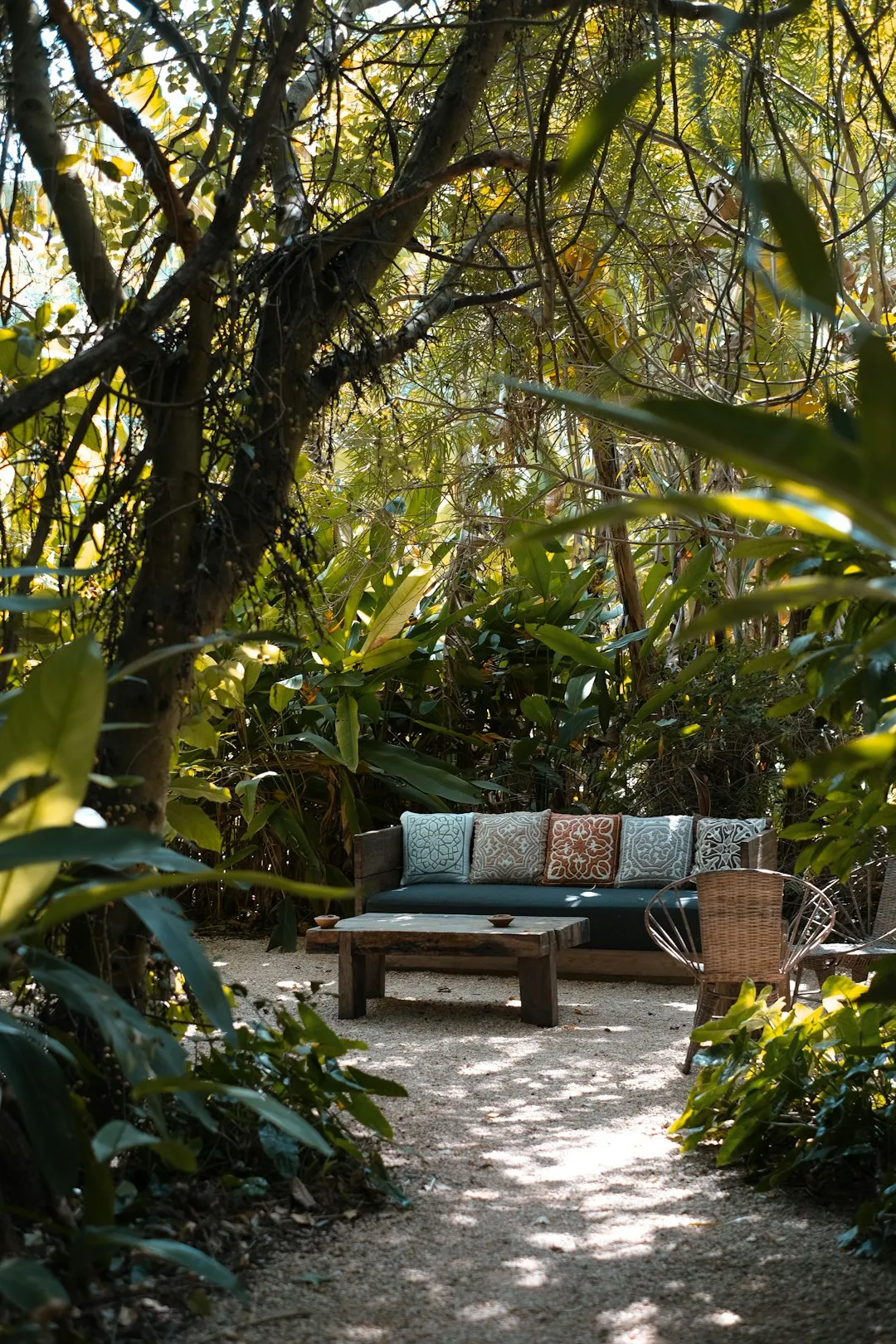Unveiling the Truths in Your Garden

When it comes to gardening, there are countless myths that have been passed down through generations. These myths often seem plausible, but they can actually do more harm than good to your yard. In this article, we will explore some of the most common garden myths and debunk them with research - based facts from experts.
One of the most widespread garden myths is that you should always water your plants in the evening. The idea behind this myth is that watering at night allows the water to soak into the soil without evaporating. However, experts say that watering in the evening can lead to fungal diseases. When the leaves of your plants stay wet overnight, it creates a perfect environment for fungus to grow. Instead, it is recommended to water your plants in the early morning. This gives the plants enough time to absorb the water, and the excess moisture on the leaves will dry up during the day, reducing the risk of fungal infections.
Another popular myth is that adding sand to clay soil will improve its drainage. Many gardeners believe that by mixing sand with clay, the soil will become looser and allow water to drain more easily. But in reality, when sand is added to clay soil in the wrong proportions, it can create a concrete - like substance. This is because the small particles of clay can fill the spaces between the sand particles, making the soil even more compact. To improve clay soil, it is better to add organic matter such as compost, manure, or leaf mold. These materials help to break up the clay, improve soil structure, and increase drainage.
Some people also think that you need to prune your roses in the fall to prepare them for winter. Pruning in the fall can actually stimulate new growth, which is vulnerable to cold temperatures. New growth is more likely to be damaged by frost, and it can also attract pests. Experts suggest that the best time to prune roses is in the spring, just as the new growth begins. This allows you to remove any dead or damaged wood and shape the plant for the upcoming growing season.
There is a myth that coffee grounds are a great source of nitrogen for all plants. While coffee grounds do contain nitrogen, they also have a high acid content. Some plants, like blueberries and azaleas, thrive in acidic soil, so coffee grounds can be beneficial for them. However, other plants prefer a more neutral or alkaline soil. Using too many coffee grounds around these plants can lower the soil pH too much, making it difficult for the plants to absorb nutrients. It is important to know the specific needs of your plants before using coffee grounds as a fertilizer.
Lastly, the myth that you should always plant bulbs at a depth of three times their height is not entirely accurate. Different types of bulbs have different planting requirements. For example, some small bulbs like crocuses can be planted shallower, while larger bulbs like tulips may need to be planted deeper. It is essential to read the instructions on the bulb packaging or do some research on the specific type of bulb you are planting to ensure they are planted at the correct depth for optimal growth.
In conclusion, caring for your yard requires accurate knowledge. By debunking these common garden myths with research - based facts from experts, you can make more informed decisions about how to care for your plants. This will not only help your garden look beautiful but also ensure the health and longevity of your plants.